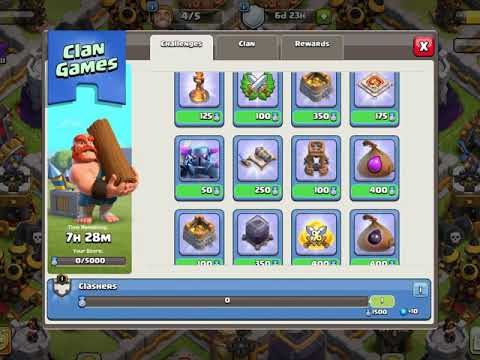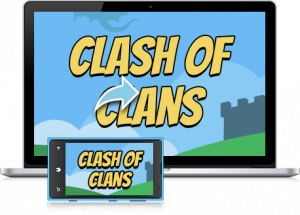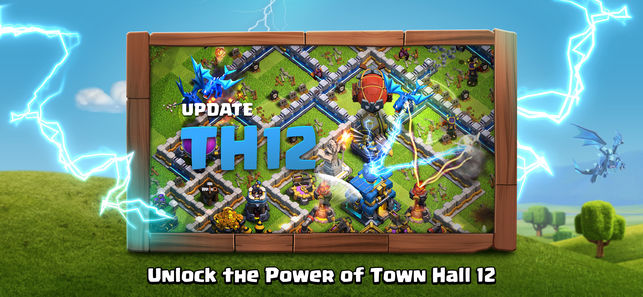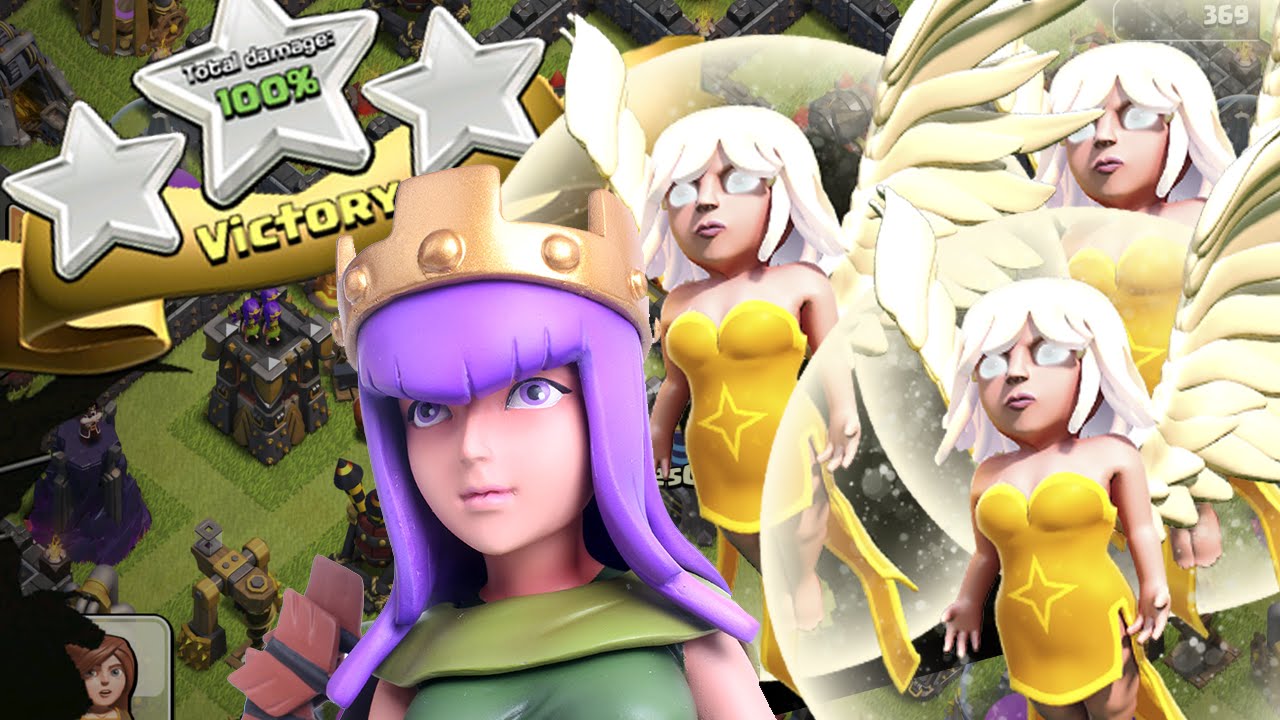How to Add Clash of Clans-Levels of Addictiveness to your Product – Mind the Product

‘Gamification’ has had a lot of air-time the last two years, but what does it actually mean in practice? Many digital games actually have lower repeat usage and a , so who’d want to mimic that?
Gamification is all about making your product addictive – that might otherwise be a cost to the business.
For my product, , the challenge is to keep customers excited about web analytics – a subject that sends most people to sleep – and to get them to interact little and often to .
To illustrate how, I want to look at a game that has had me – and 5 million others – addicted lately: Clash of Clans.
[Tweet “Here are 5 ways to use Clash of Clans techniques in your app to keep users coming back”]
Note: I have no connection to (Clash of Clans’ developer) or any inside information on their performance
1. Forget tours – get users doing real actions ASAP
Got a nice video demo or for your app? Forget it! Distracting users before they have actually started entering their data, linking their account, etc. is wasting their precious attention.
Instead, Clash of Clans guides you to start building key elements of your village before progressing – so at the very least you have a working base, and the principles of gameplay. From then on, messaging from the ‘narrator’ is regular but non-intrusive – using a badged icon.
Make your activation process so fun that users will blast through it – and feel excited to carry on!
2. Show premium features, but provide ways to earn access
Supercell foresaw the big shift in tablet games 18 months ago, from up-front payment to in-app purchase. Clash of Clans is free to start, but makes mining resources and building new kit frustratingly slow.
At every point, there is the opportunity to spend ‘gems’ to speed the progress – and these gems can be bought for real-world money.
Premium features are greyed out, but many can still be clicked on with a price in gems to get it completed.
Want to fill your gold reserves? 52 gems. Upgrade to level 2? 192 gems.
The key point is you can still progress to a high level on Clash of Clans without spending any money – but it takes a long time and a lot of patience. In short, their users are either paying for the game with their precious time, or their hard-earned cash, all while having fun with it.
Looking at your own product, are there ways you can provide features for free users which give a taste of the paid-for app, but are frustrating for power users? A good example is to add a delay or max limit to the production of reports or exports for free users, though the nature of these triggers will depend on exactly what your product aims to to.
Which leads us on to…
3. Show countdowns for key processes
Countdowns are addictive.
Seeing that something is only seconds away makes you stick and watch rather than move away. Clash of Clans uses countdowns all over: for building, for training troops and for battle preparation.
If your app has any queued processes (like generating reports, uploading files or parsing data) then add a visual countdown next to it.
Of course, your developers may tell you it’s not possible to know how long a key process is going to run for – so a spinner is safer. But you could always just fake it: measure the longest it will take for most users, and set the countdown for that time. Even if 10% of users still see a spinner after the countdown finishes, that shouldn’t ruin the experience.
4. Micro-incentivise: give feedback on how users are doing
Everbody loves a leaderboard, and Clash of Clans uses rewards to the max. There are trophies you earn for battle success, experience points for just participating, and of course extra gems for completing milestones.
Each one of them is clearly displayed around the edge of the gaming area, and with trophies you can see where you rank in a league. It’s amazing how you begin to really care about a completely fake in-app status.
Although showing a leaderboard of other businesses’ progress may not be appropriate for your app, you can still create an internal ranking system of points for completing actions.
Got an email messaging app? Give users points for every email sent, and every email link clicked on.
Got a CRM tool? Give points for every note recorded, and every contact updated.
5. Make it simple and interesting to re-engage
Clash of Clans is a server-based game, so even when you’re not logged in there are things happening to your village – attacks, buildings completed and points earned.
As a mobile app, their push notifications provide a simple way to pull you back when something interesting has happened – but web apps can use emails to a similar effect.
If you have a subscription app, why not regularly open a new feature or limited usage credits and tell the users about it? For example, if you have a cross-browser testing tool then give a certain number of free minutes – and email a link to allow them to start using the access.
Making it easy on web apps also means making it simple to re-authenticate – encrypted email links or Facebook login can help.
Ultimately, getting users to keep coming back and investing more and more time in your product is the best way to grow revenues – even if you don’t specifically charge for usage. Clash of Clans generates an estimated $1m in in-app revenue a day – just through sheer volume of active users.
So let’s hope you can rub off even a tiny bit of their magic into your product!
About
has broad experience advising companies on business analytics, and is currently building tools to simplify web analytics at
Keep up to date with product management news & events








Comments
There are no comments yet